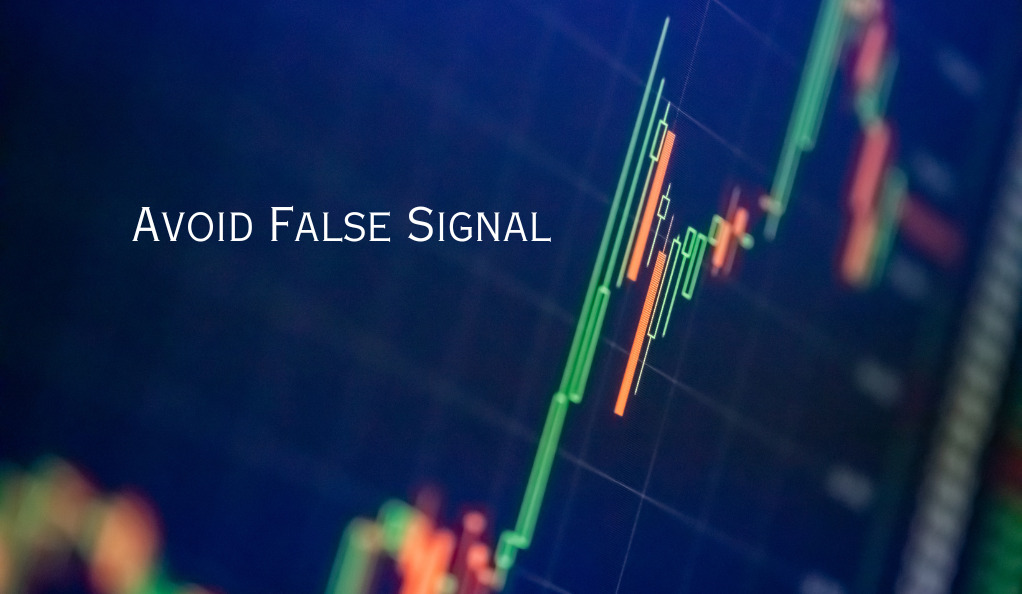The world of financial trading is a complex maze that requires not just courage but also a deep understanding of market structures, trends, and the ability to make informed decisions based on these factors. This article aims to demystify the core structure of markets and provide a comprehensive roadmap to navigate the highs and lows that come with trading. We’ll delve into the intricacies of market fluctuations, common pitfalls, and the secret formula to identifying market trends.
The Roller Coaster Ride of Trading

Trading in the financial markets is akin to a roller coaster ride. The exhilarating highs, the stomach-churning lows, and the brief moments of calm when the ride is neither ascending nor descending. The financial markets are not much different. They are always fluctuating, made up of peaks (highs) and troughs (lows). As traders, our primary job is to identify the current state of these fluctuations. Is the market ascending (going up), descending (going down), or is it in a state of equilibrium (consolidating)? While this might seem like a straightforward task, it’s where many traders falter. This section will help you understand these market movements better and how to interpret them.
The Common Pitfall: Misreading the Market
Trading in the financial markets is a complex endeavor that requires a blend of analytical skills, a deep understanding of market trends, and the ability to make swift, informed decisions. However, even with these skills, traders, particularly those new to the game, often stumble into a common pitfall – misreading the market. This misinterpretation can lead to costly mistakes, impacting a trader’s confidence and their trading portfolio.
Understanding Market Trends
Market trends are the general direction in which a market or the price of an asset is moving. These trends can be upward (bullish), downward (bearish), or sideways (consolidating). Understanding these trends is crucial as they form the basis for most trading strategies. Traders aim to identify these trends and make trades that align with them. For instance, in an uptrend, a trader might look for opportunities to buy, while in a downtrend, selling or shorting might be the preferred strategy.

The Hindsight Bias
When looking at historical data, identifying these trends can seem straightforward. Traders can easily point out periods of uptrends, downtrends, and consolidation. This is because they have the complete picture and know how the price eventually moved. However, this ease of identifying trends in historical data can lead to a false sense of confidence when it comes to predicting future price movements. This is known as hindsight bias, and it’s a common cognitive bias where people believe they could have predicted an event after it has already happened.
The Danger of Guesswork
Guesswork in trading can be dangerous. If a trader is unsure about the market’s direction, they might make trades based on gut feelings or emotions rather than a solid analysis. This approach is unreliable and can lead to inconsistent trading results. Successful trading requires a systematic approach where decisions are made based on a well-defined strategy and thorough market analysis.
Avoiding the Pitfall

Avoiding the pitfall of misreading the market requires continuous learning and practice. Traders need to educate themselves about different market indicators, learn how to interpret them correctly, and practice their skills in real-time market conditions. Using a demo trading account can be a great way to practice without risking real money.
Looking Back vs. Predicting Forward
Many traders can look back at a chart and easily identify trends. They can point out when the price was uptrending, consolidating, or downtrending. This is because hindsight is 20/20. When you’re looking at past data, you have the complete picture. You can see the start and end of trends, the points of reversal, and the periods of consolidation.
However, when it comes to real-time trading, the ability to analyze past data does not necessarily translate into making accurate predictions. This is because the future is uncertain and the market is influenced by a multitude of factors that can change rapidly and unexpectedly.
The Struggle of Real-Time Trading

In real-time trading, you’re not just dealing with past and present data, but you’re also trying to predict future market movements. This is where many traders struggle. They might see the market moving in a certain direction and assume that it will continue to do so. Or they might see a small reversal and assume that the market is changing direction.
However, these assumptions can often lead to misinterpretations. For example, a small downward movement in an overall uptrend could just be a temporary pullback rather than a complete trend reversal. Similarly, a small upward movement in a downtrend could just be a retracement rather than the start of a new uptrend.
The Danger of Guesswork
If you don’t know what direction the market is trending, you’re really just guessing. And guesswork, more often than not, leads to losses. This is because the financial markets are not governed by luck or chance. They are influenced by concrete factors like economic indicators, geopolitical events, and market sentiment.
Guesswork also leads to inconsistency in trading decisions. One of the keys to successful trading is consistency – following a well-defined trading plan and making decisions based on a set of predefined rules. Guesswork, on the other hand, leads to erratic and impulsive decisions, which can be detrimental to your trading performance in the long run.
The Secret Formula: Identifying Market Trends

So, how can you accurately identify what type of market you’re in? The answer lies in understanding the concept of ‘highs’ and ‘lows’. If the market is making higher highs and higher lows, it’s trending up. If it’s making lower lows and lower highs, it’s trending down. This might sound simple, but there’s a crucial mistake that many traders, even some seasoned ones, make. This section will delve into this secret formula, helping you understand how to read market trends accurately.
The Crucial Mistake: Misinterpreting Market Movements
Let’s consider an example. The chart is in an uptrend, making higher highs and higher lows. Then, it starts moving downwards, making a new low. Many traders would see this as a reversal and predict the market will start heading downwards. They might even enter a short trade at this point. But this is a critical mistake. This section will help you understand this crucial mistake and how to avoid it.
The Fundamental Rule: Validating Lows and Highs
The chart is still fundamentally bullish until a certain low point – the higher low – is broken. A low is only validated if the price makes a high. This means a low point is only official once the price crosses a certain high point. The same principle applies to highs in a downtrend. This fundamental rule is key to understanding market movements and making informed trading decisions.
The Power of Validation: Avoiding False Signals

By understanding this concept of validation, you can avoid false signals and make more informed trading decisions. You’ll know that a chart is still in an uptrend until the higher low is broken, and it’s in a downtrend until the lower high is broken. This can help you avoid entering trades based on false reversals and improve your trading performance. This section will delve deeper into the power of validation and how it can help you become a better trader.
The Importance of Practice: Mastering Market Structure
This technique might seem a bit confusing at first, but with practice, it becomes second nature. It’s an extremely important part of trading, and mastering it can put you ahead of many traders who overlook this simple yet powerful concept. This section will provide you with tips and strategies on how to practice and master understanding market structure.
The Role of Forex Brokers in Trading
Forex brokers, like Hankotrade, play a crucial role in currency trading. They provide a platform for buying and selling currencies, which is one of the most stable and predictable forms of trading. The stability of currency markets makes them an attractive option for traders, especially those who are new to the game. This section will delve deeper into the role of forex brokers in trading and how they can help you succeed.
Conclusion
Understanding the core structure of markets is crucial for any trader. By learning how to accurately identify market trends and validate highs and lows, you can avoid common pitfalls and make more informed trading decisions. Remember, trading is not just about making predictions – it’s about understanding the market structure and making decisions based on that understanding. So, keep practicing, keep learning, and you’ll be well on your way to becoming a successful trader. This guide is your first step towards mastering the art of trading.
Ainu Token aims to offer impartial and trustworthy information on cryptocurrency, finance, trading, and shares. However, we don't provide financial advice and recommend users to conduct their own studies and thorough checks.

Comments (No)